Checking up on Einstein — The Solar Eclipse of May 29, 1919
The planetarium show "Checking up on Einstein" provides a brief (4' 10") introduction to light deflection in a gravitational field, the British 1919 eclipse expeditions and their test of the predictions of general relativity. The show is well-suited as an addition to live presentations such as "The Night Sky in July" or similar.
The British eclipse expedition of 1919 provided the first experimental test of Einsteins's theory of general relativity. The results catapulted Einstein to international fame. On May 29, 2019, we celebrate the centennial of the 1919 solar eclipse. This brief Haus der Astronomie video shows the basics of light deflection in the vicinity of massive bodies, describes the set-up of the 1919 expedition and visualises both the 1919 results and the more striking scenario of a black hole deflecting light.
Storyboard
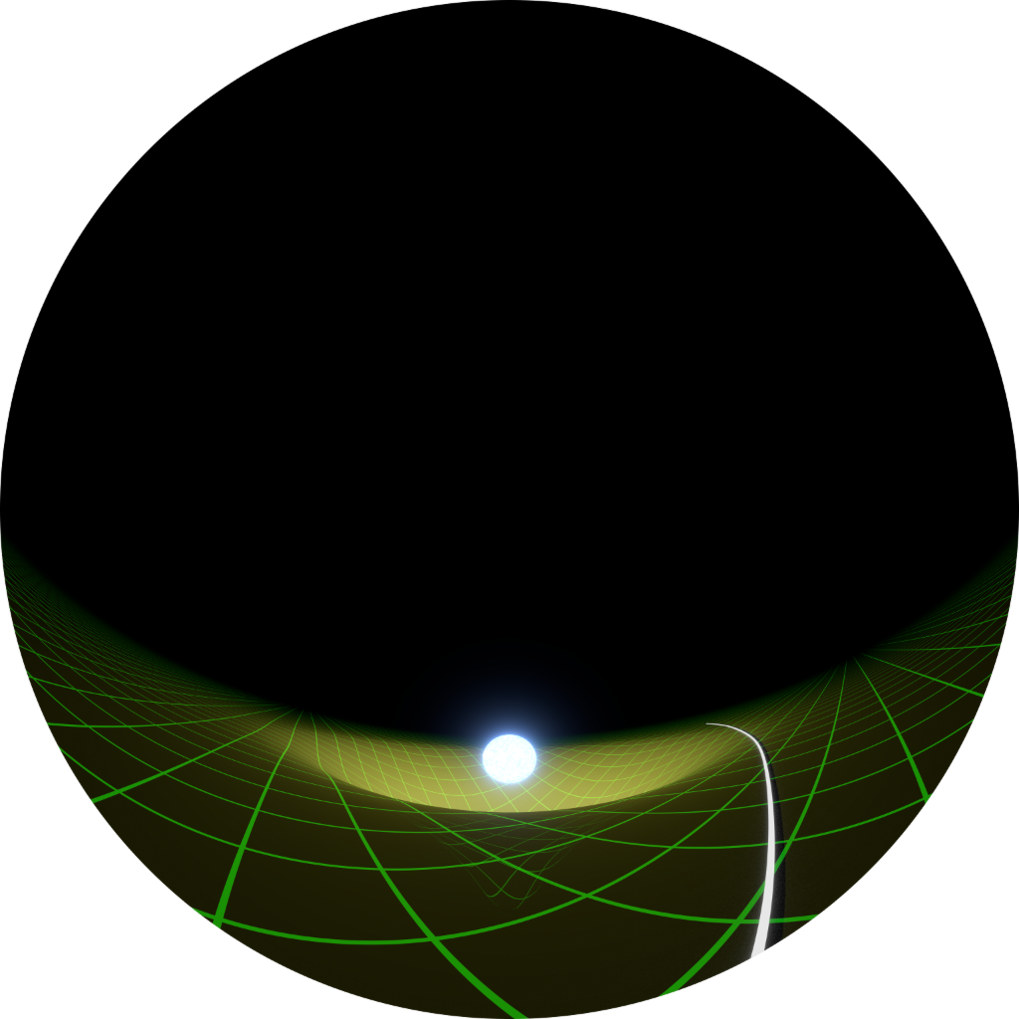 |
Albert Einstein's general theory of relativity links time, space, and gravitation. Gravity becomes an aspect of geometry. A mass, like that of a star, distorts that geometry. Time flows differently, and space is stretched and deformed. |
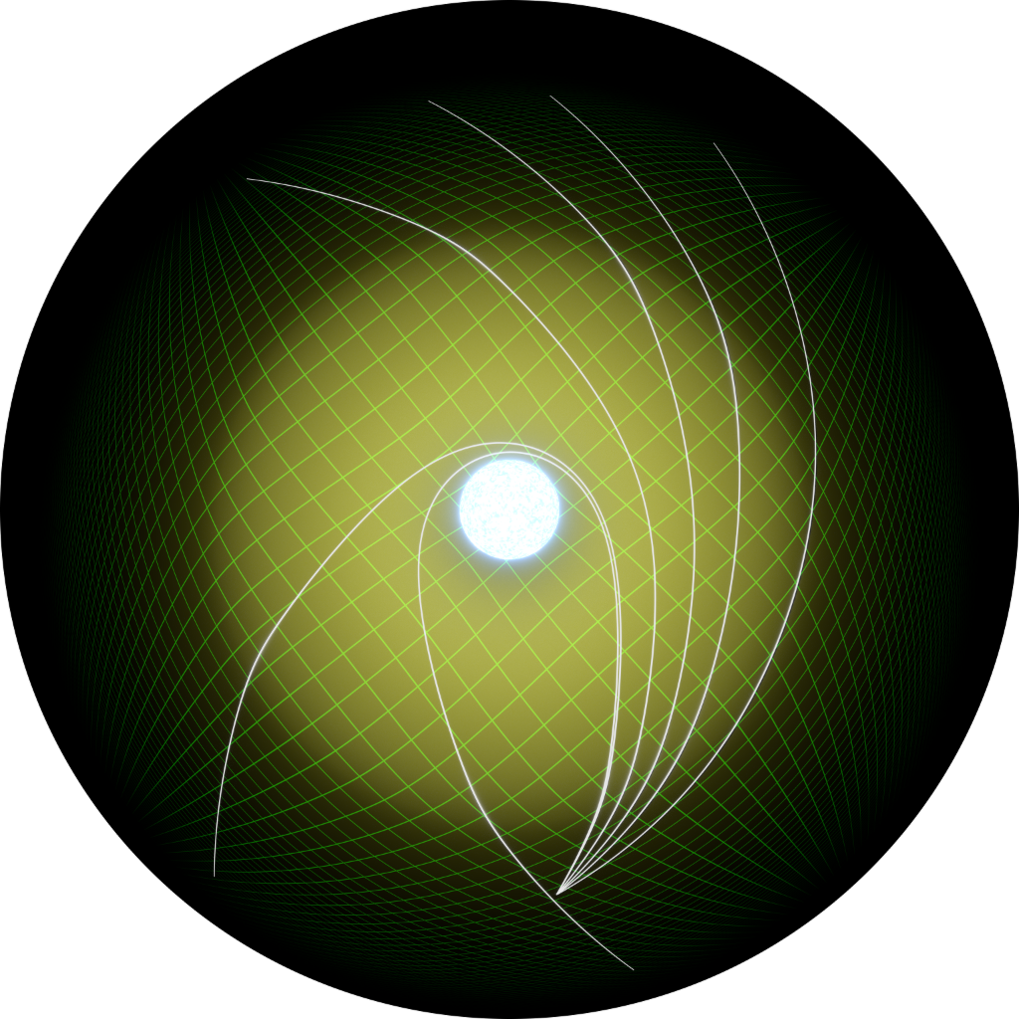 |
Light travelling in that distorted spacetime cannot go straight anymore. Light rays are curved as the light feels the gravitational attraction of the central mass. If you can trace the curved paths of light, you can determine the way space and time are distorted. Take away the mass, and light rays will become straight lines, once more. |
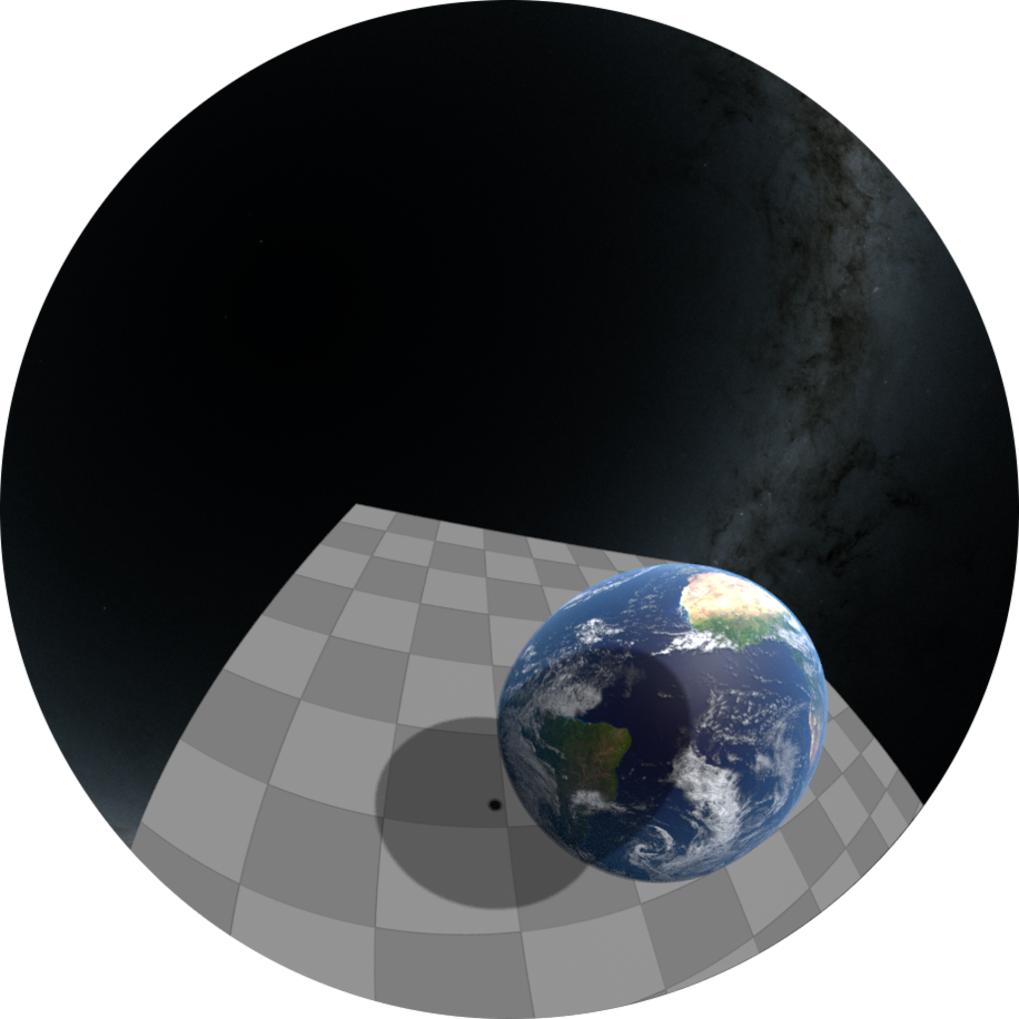 |
Starlight passing the Sun before reaching Earth will follow a slightly curved path. Unfortunately, the Sun will be much brighter, drowning out the star light! Unless the moon is in the way. When the moon's shadow falls on a location on Earth, there is a solar eclipse. One such eclipse, on May 29, 1919, was visible from Sobral in Brazil, and on the African island of Principe. In both places, astronomers were waiting. They were part of a British expedition organized to put Einstein's theory to the test. |
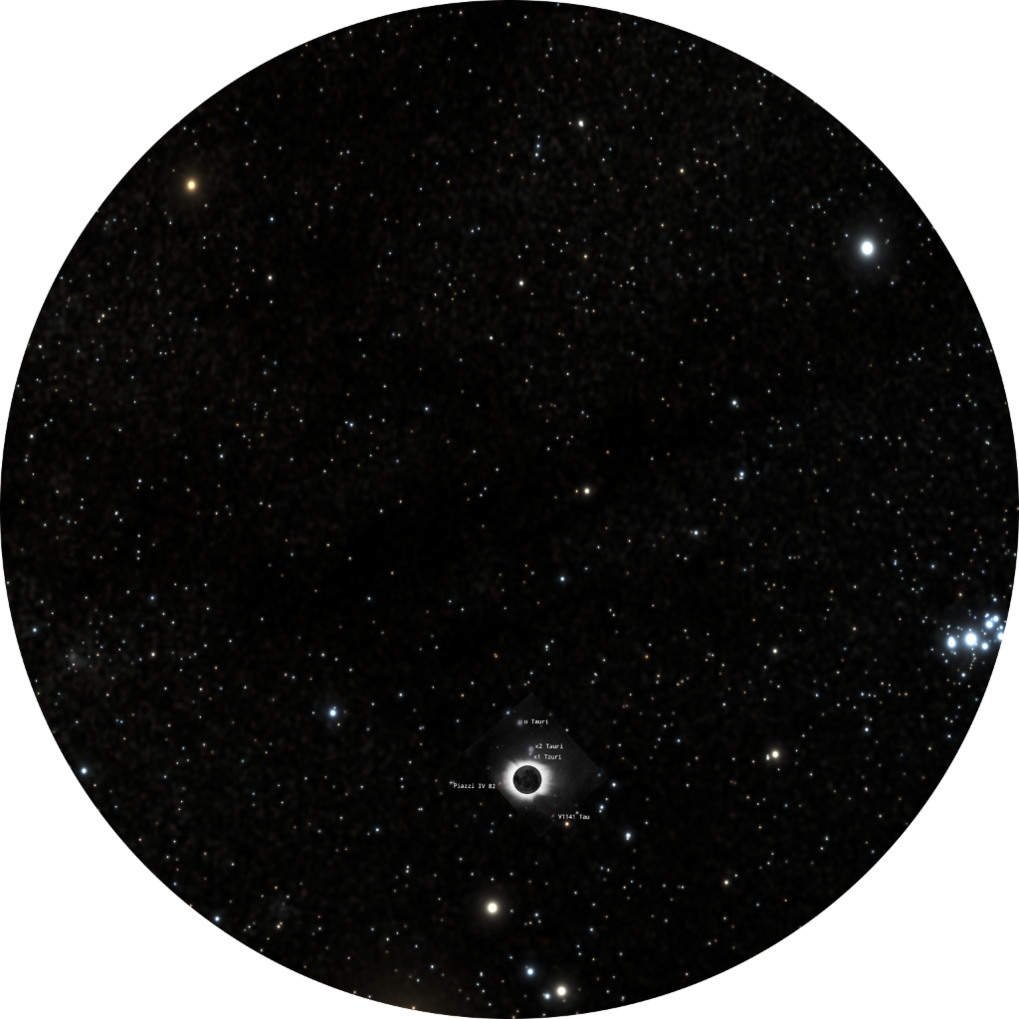 |
Was light deflected in just the way that Einstein had predicted? With portable telescopes, protected in canvas huts, they waited for the moment of totality. The Sun's hot corona became visible. And the stars they had been waiting for. In the end, they would compare these images with images they had taken a few months later, at night. In the eclipse images, the stars were systematically shifted outwards. Here, we have exaggerated the effect to make it visible. In reality, the shift could only be determined by taking the average of multiple accurate measurements. |
 |
What if we could observe not the effect of our Sun, but that of a black hole? In that case, the distortion would be much larger. This is what a black hole would look like as it moves between us and the Milky Way. As you can see, some of the Milky Way's light has travelled around the black hole, and is now reaching us from the opposite side – a phantom image! |
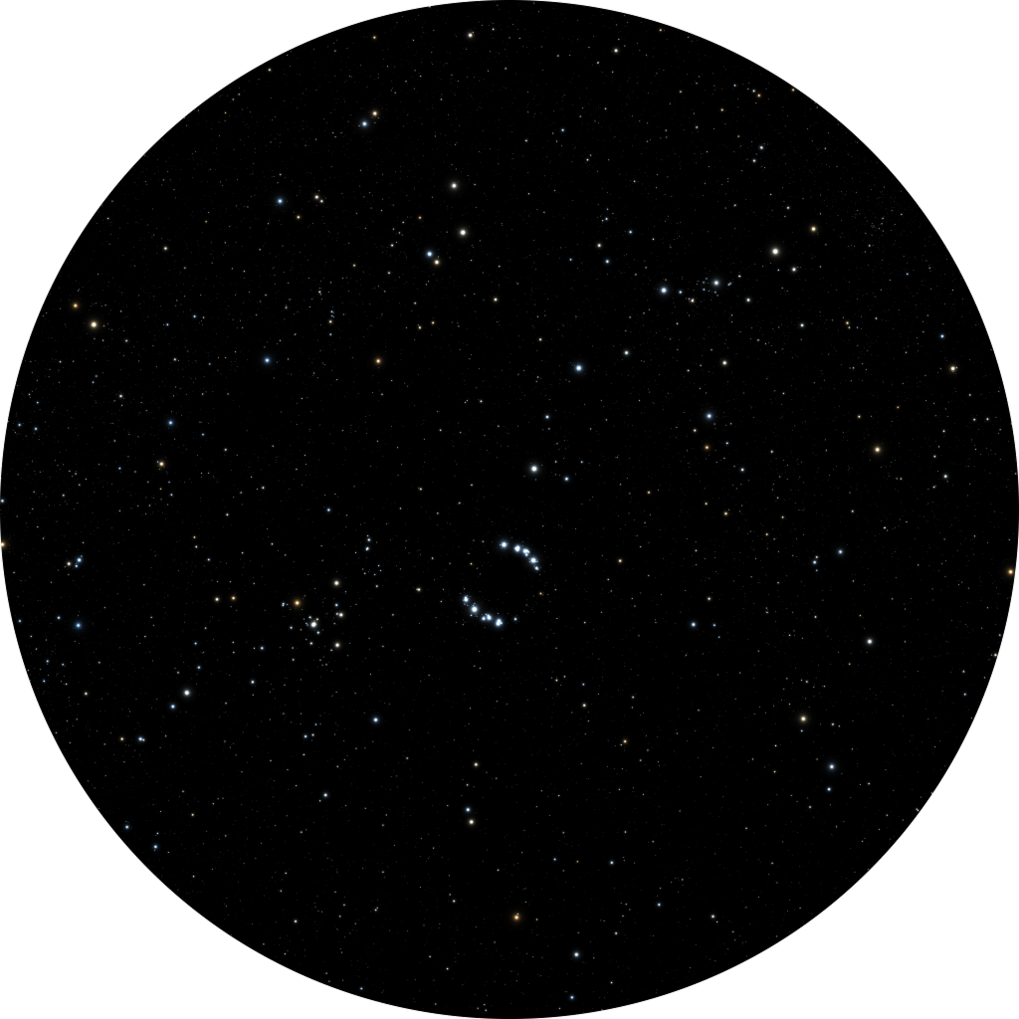 |
Here is what a black hole would have looked like in the starfield observed by the 1919 expedition, with the Hyades and Pleiades star clusters. The effect would have been hard to miss. Even without accurate measurements. |
Fulldome frames for download, including a German version can be found here.
Production: Haus der Astronomie
Visualizations: Thomas Müller
Text: Markus Pössel
Speaker: Saavidra Perera
Audio editing: Emily Hunt
Music: zero-project.gr






